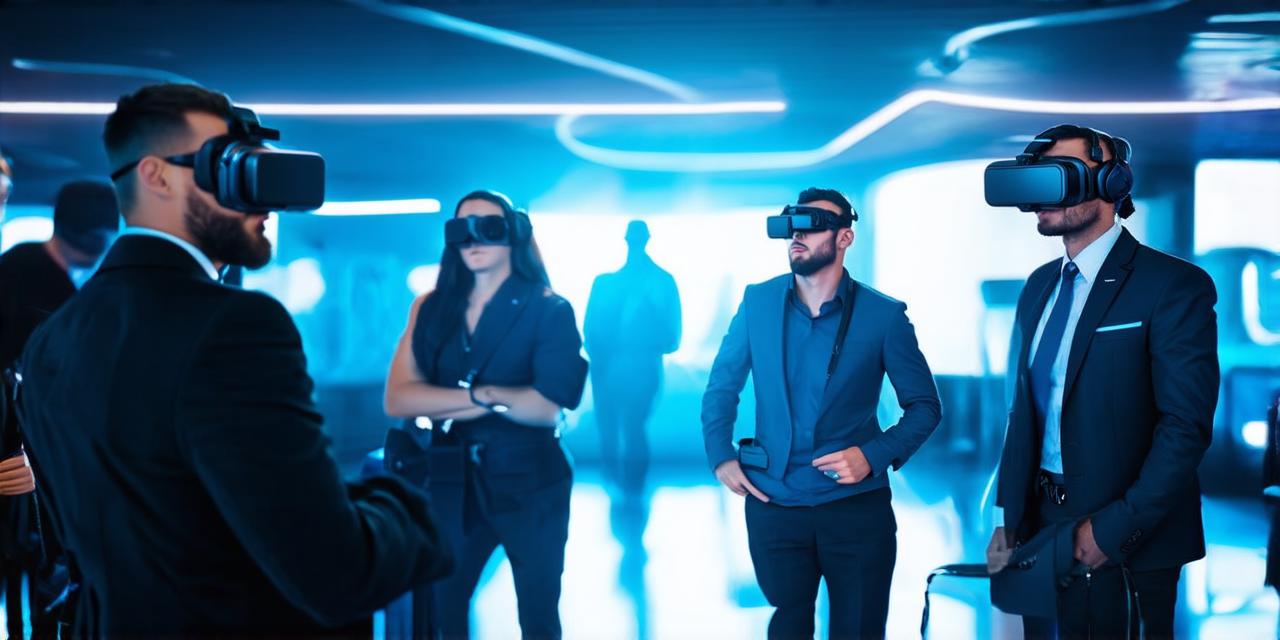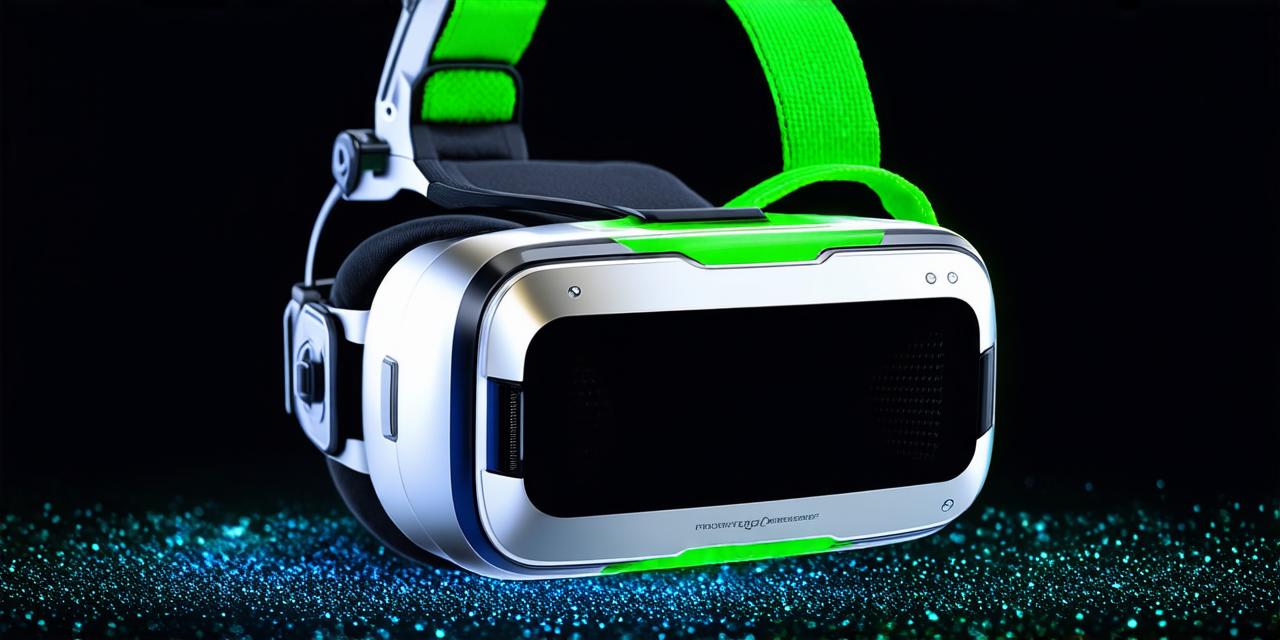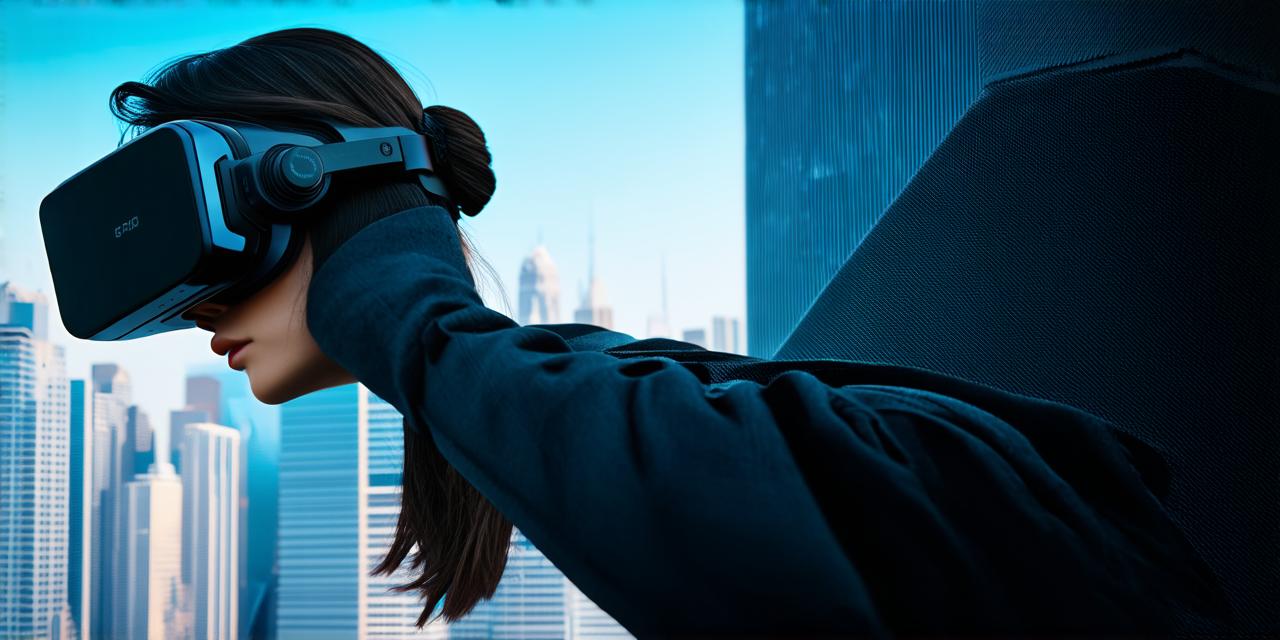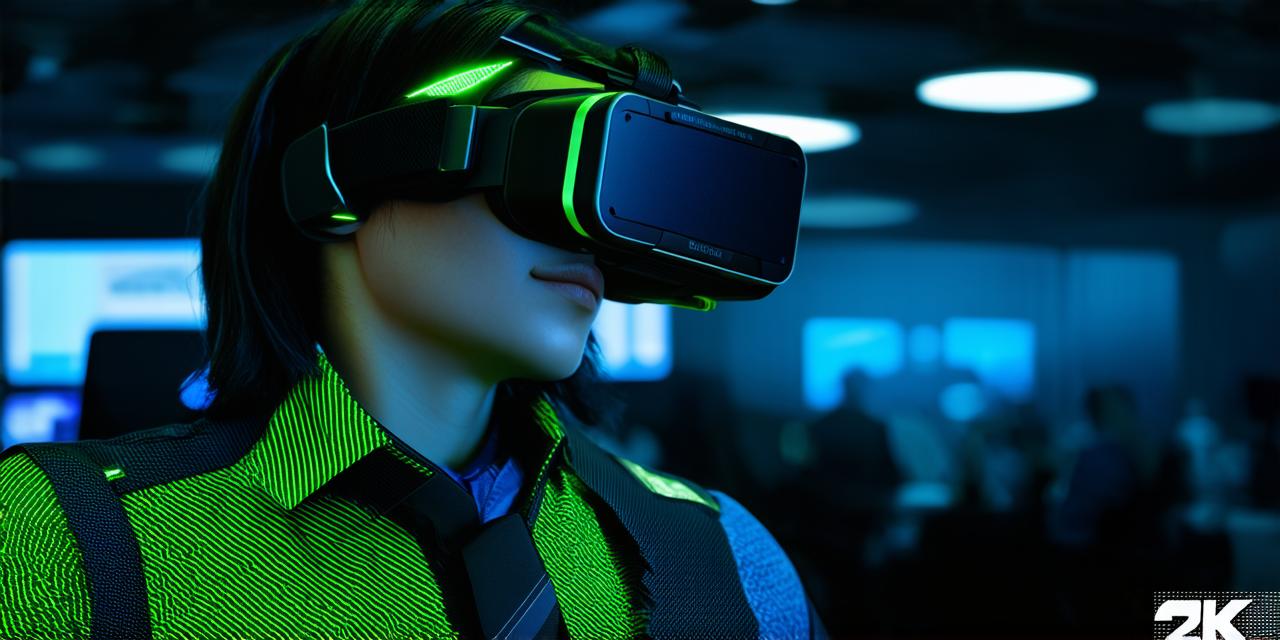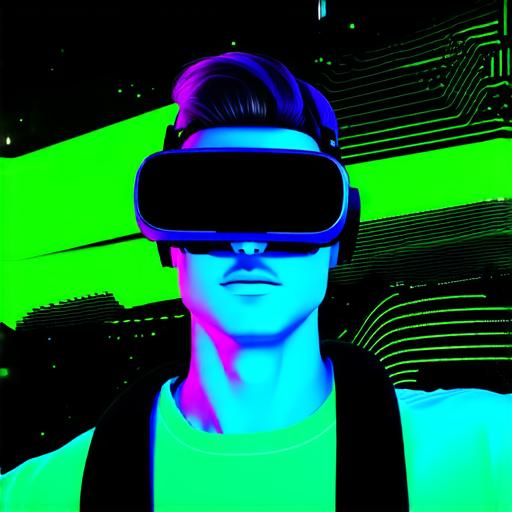
What is Virtual Reality?
To start, let’s define what virtual reality is. At its core, virtual reality is a computer-generated simulation of a 3D environment that can be experienced through a headset or other device. The aim of VR is to create an immersive experience that feels as if the user is actually present in the simulated environment.
There are two main types of VR: fixed and mobile. Fixed VR involves a stationary headset that is worn by the user, while mobile VR uses a smartphone or other portable device to create a virtual environment that can be experienced through a mobile app. Both types of VR have their own advantages and limitations, and the choice of which one to use will depend on your specific needs and goals.
The Benefits of Virtual Reality for AR Developers
Now that we have a better understanding of what virtual reality is, let’s explore some of the ways it can benefit AR developers.
Enhanced User Experience
Virtual reality can provide an immersive experience that is difficult to replicate in the real world. By creating a virtual environment, users can interact with objects and elements in a way that is not possible in the physical world. This creates a unique opportunity for AR developers to create experiences that are both engaging and informative.
Increased Efficiency and Cost Savings
Virtual reality can also help AR developers save time and money by allowing them to test and prototype their designs in a simulated environment before they are built in the real world. This can help reduce the risk of costly mistakes and ensure that the final product meets the needs and expectations of the user.
Improved Training and Education
Virtual reality can also be used for training and education purposes. By creating a simulated environment, users can experience real-world scenarios in a safe and controlled setting. This makes it possible to provide hands-on training without putting people at risk or disrupting the learning process.
The Risks and Challenges of Virtual Reality
While virtual reality has the potential to revolutionize the way we interact with technology, it also presents some risks and challenges that AR developers should be aware of.
Motion Sickness
One of the most common issues associated with virtual reality is motion sickness. This can occur when the user’s senses are conflicting, causing them to feel disoriented and nauseous. To minimize the risk of motion sickness, AR developers should pay attention to factors such as field of view, refresh rate, and the speed at which objects move in the virtual environment.
Cost and Accessibility
Virtual reality can be expensive to implement, particularly if you’re using a high-end headset or other device. This can limit access to virtual reality experiences for some users, particularly those with limited budgets. In addition, not all devices are compatible with virtual reality software, which can further restrict access.
Security and Privacy Concerns
Virtual reality can also raise security and privacy concerns, particularly if the user’s movements and actions are being tracked and recorded. This can lead to concerns about data breaches and misuse of personal information. AR developers should take steps to ensure that their virtual environments are secure and that user data is protected.
Case Studies: Virtual Reality in Action
Now that we’ve discussed the benefits and challenges of virtual reality, let’s look at some real-life examples of how it’s being used in AR development.
Virtual Try-On
One of the most popular uses for virtual reality is in the field of e-commerce. By creating a virtual try-on experience, users can see how products would look on them before making a purchase. This has been particularly successful in the fashion industry, where users can virtually try on clothes and accessories to see how they fit and look.
Virtual Training
Virtual reality can also be used for training and education purposes. For example, the medical equipment manufacturer Siemens Healthineers uses virtual reality to provide hands-on training to their customers. By creating a simulated environment that replicates real-world scenarios, customers can learn how to use their products without putting patients at risk.
Virtual Design
Virtual reality can also be used for design and prototyping purposes. For example, the automotive manufacturer BMW uses virtual reality to create realistic simulations of their vehicles in a virtual environment. This allows them to test different design options and make improvements before building physical prototypes.
Expert Opinions
Now that we’ve looked at some real-life examples of how virtual reality is being used in AR development, let’s hear from some experts in the field about their thoughts on the potential of VR for AR developers.
“Virtual reality has the potential to revolutionize the way we interact with technology and create new experiences for users,” says Dr. Ivan Pavlovic, a computer science professor at Stanford University. “For AR developers, virtual reality can provide a unique opportunity to create immersive and engaging experiences that are difficult to achieve through traditional means.”
“However, there are also risks associated with virtual reality, particularly motion sickness and security concerns,” adds Dr. Pavlovic.
Conclusion
Virtual reality has the potential to revolutionize the way we interact with technology and create new experiences for users. For AR developers, virtual reality can provide a unique opportunity to create immersive and engaging experiences that are difficult to achieve through traditional means. However, there are also risks and challenges associated with virtual reality that AR developers should be aware of. As technology continues to advance and costs come down, we can expect to see more widespread adoption of virtual reality for AR development purposes.

